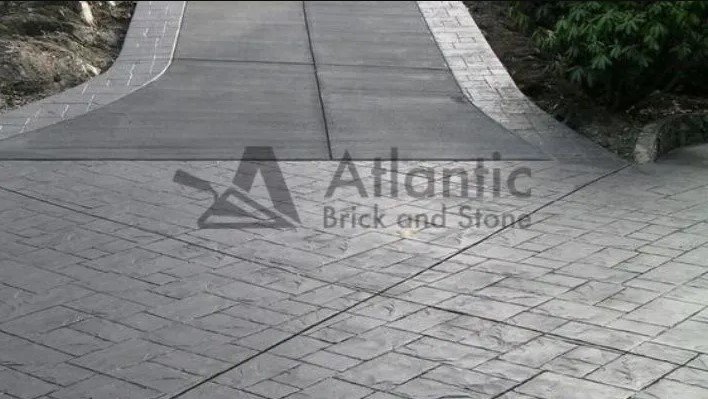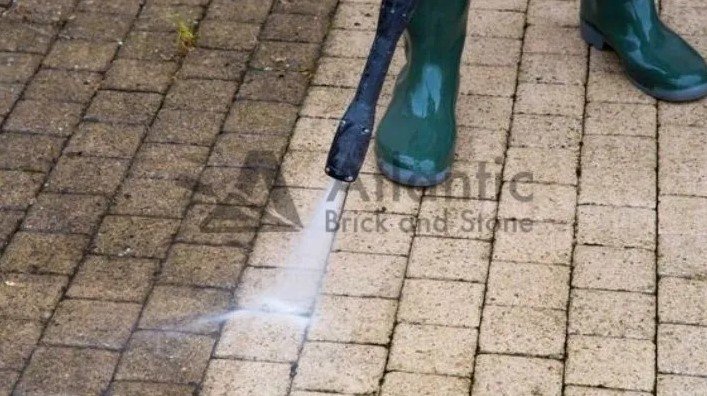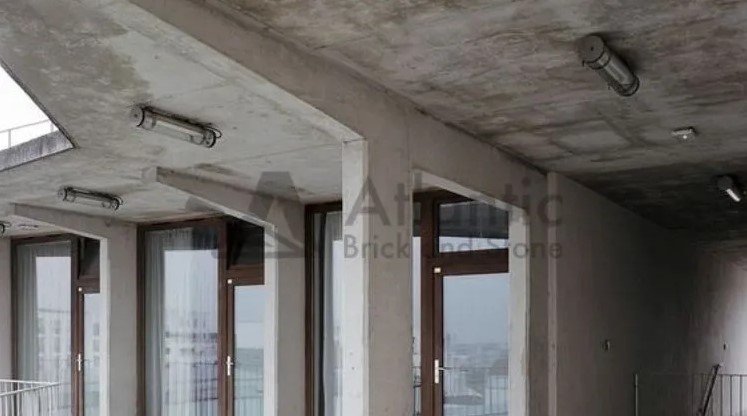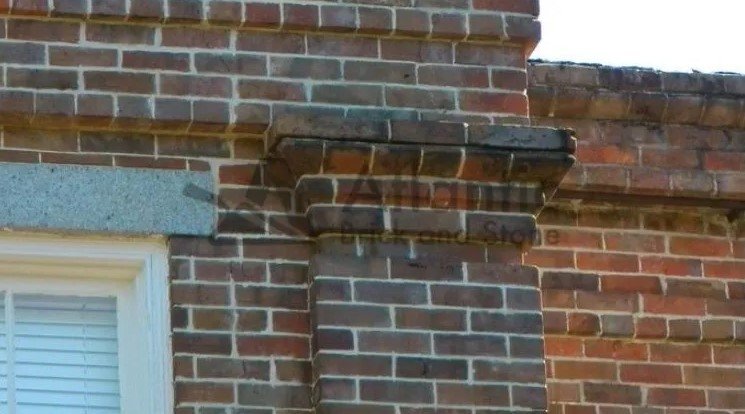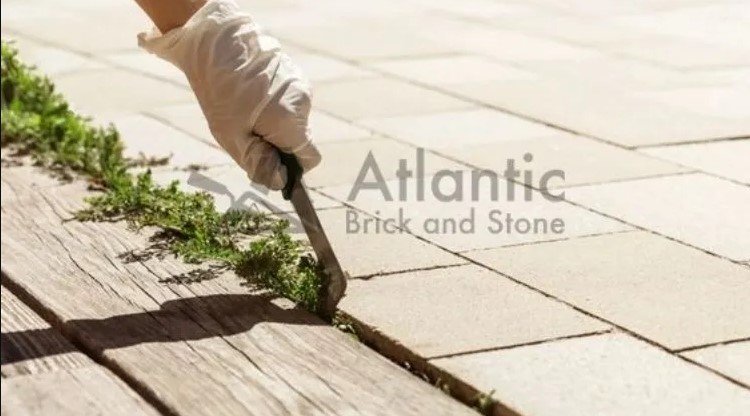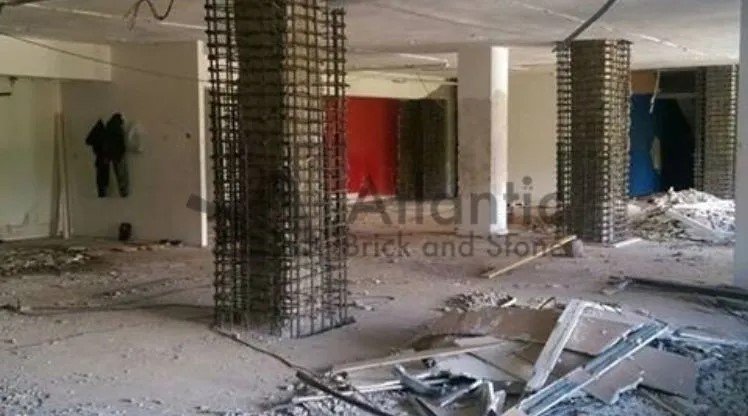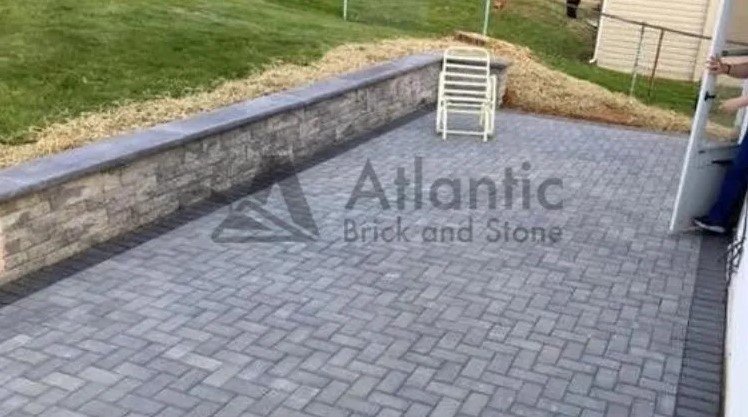Rebuilding Brick Steps with a Professional Mason
Rebuilding Brick Steps with a Professional Mason Nothing adds character and curb appeal to a home like a set of classic brick steps. But over time, wear and tear takes its toll. Cracking, shifting bricks and crumbling mortar signal the need for a rebuild. A professional mason has the expertise to dismantle your worn steps, assess which bricks can be reused, and rebuild your stairs sturdily and strategically for long-lasting performance. Follow this comprehensive guide to understand how rebuilding brick steps with a pro is done right. Brick Step Rebuilding Brick steps are a classic addition to any home, offering a timeless aesthetic appeal and durability. However, like any other structure, they are not immune to wear and tear. Over time, the harsh weather conditions, heavy usage, and natural aging process can cause the bricks and mortar to deteriorate, leading to loose or broken bricks, crumbling mortar, and overall instability. This is where the process of rebuilding brick steps comes into play. Do you really need Rebuilding Brick Steps? Rebuilding those brick steps of yours is about more than just how they look. It’s also about safety and making sure the steps can actually do their job. Loose or cracked bricks can be dangerous, even causing a fall. And mortar that’s crumbled away means the bricks don’t fit together properly anymore. Without a solid foundation, those steps could shift or even collapse underfoot. Plus, broken bricks and mortar let water seep through which causes all kinds of problems like frost damage and mold. When your brick steps are deteriorating, it’s time for a professional rebuild to restore the stability and performance of those stairs. So don’t just focus on aesthetics – getting your steps rebuilt the right way by a pro will make them safe and durable again. Hiring a Professional Mason for the Task While there are numerous DIY guides available, rebuilding brick steps is a task best left to professionals. A masonry repair contractor has the necessary skills, experience, and tools to ensure the job is done properly and safely. They can accurately assess the condition of your brick steps, draft a plan for the rebuilding process, and execute it efficiently. The Role of a Professional Mason What Does a Professional Mason Do? A professional mason fulfills an important role, building and repairing structures made of materials like brick and stone. Regarding rebuilding brick steps, a mason’s duties include assessing the condition of the existing steps, dismantling the old structure with care, preparing a suitable work area for the new structure, establishing a foundation, constructing the new steps, and conducting necessary cleaning and inspection after completion. By evaluating the steps, a mason can determine what is salvageable from the existing build and create an efficient plan for reconstruction. Throughout the process, from safely taking apart the structure to laying each new brick, the mason executes the project with the skills and techniques required to produce steps that will stand the test of time. Upon finishing, the mason inspects their work and the overall area to identify and address any imperfections or issues before considering the project finished to the appropriate standard. In this way, a professional mason is able to completely and properly rebuild brick steps from start to finish. Skills and Expertise Required for Masonry Work Masonry work requires a unique set of skills and expertise. A professional mason must have a thorough understanding of different types of bricks and mortars, and how they interact with each other and the environment. They must be proficient in using various tools such as a trowel, chisel, and wire brush, and techniques like mixing the mortar, applying it to the bricks and removing excess mortar. They should also have a keen eye for detail to ensure the new steps are level, straight, and aesthetically pleasing. Initial Assessment and Planning Stage Evaluating the Condition of Existing Brick Steps Evaluating the condition of existing brick steps is the first step in determining the appropriate approach for repairs or rebuilding. A professional mason will conduct a thorough visual assessment of the structure to identify signs of damage such as loose or broken bricks, deteriorating mortar, and structural irregularities. The extent of the issues observed will inform the mason’s recommendations. Isolated problems like loose bricks that have not yet caused secondary damage may be addressed through targeted repairs, while more severe and widespread deterioration likely indicates the need for a complete rebuild. Drafting a Plan for the Rebuilding Process Once the condition of the brick steps is evaluated, the mason will draft a plan for the rebuilding process. This includes deciding on the type and quantity of bricks and mortar needed, the design of the new steps, and the timeline and cost of the project. Demolition Process Safe Demolition of Old Brick Steps Demolition is a critical part of the rebuilding process. It involves removing the old bricks and mortar to make way for the new construction. This needs to be done carefully to avoid causing damage to the surrounding area. The mason will use tools like a chisel and hammer to dislodge the bricks and remove the old mortar. Preparing the Area for New Construction After the old brick steps are demolished, the area needs to be prepared for new construction. This involves cleaning the area, removing any debris, and leveling the ground. The mason may also need to lay a new foundation, depending on the condition of the existing one. Construction Phase: Rebuilding the Brick Steps Laying the Foundation for the New Brick Steps The foundation provides stability and support for the entire structure, so the mason puts special care into laying a strong, level base for the new brick steps. They will typically mix and pour concrete into the prepared area. Using a trowel, the mason smoothes the concrete to the desired grade and shape. Once leveled, the foundation concrete must cure before bricks can be set in place. This ensures the mortar properly adheres to the hardened concrete when


